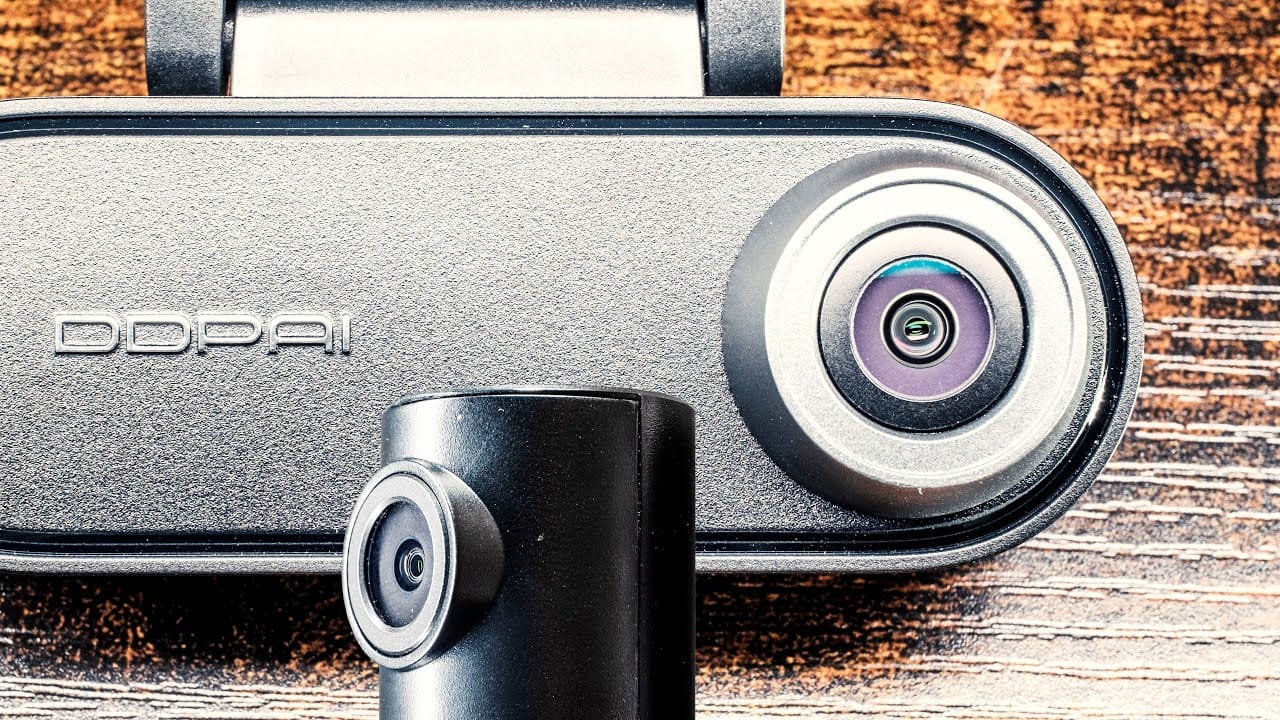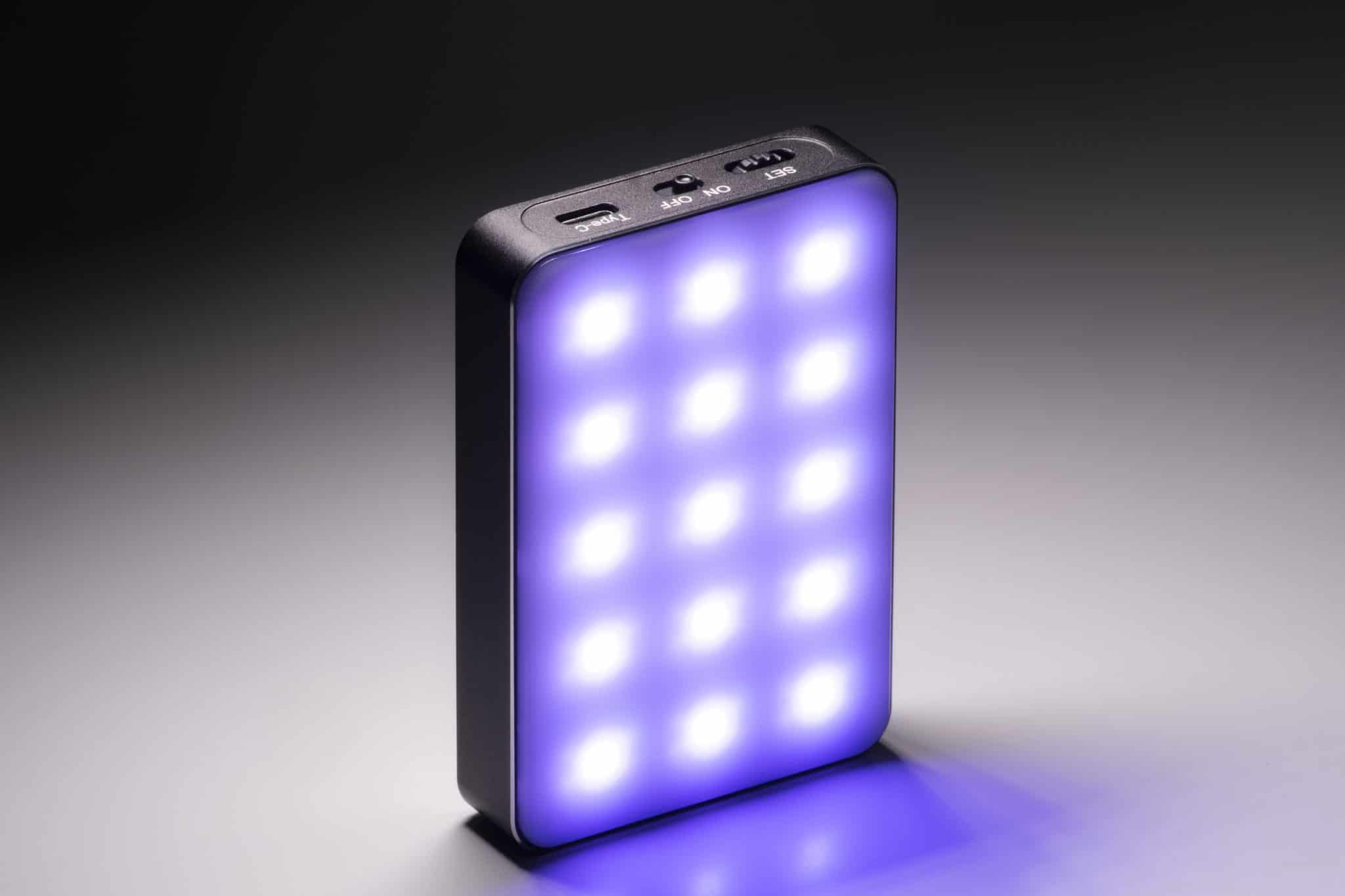When I first heard about the Canon EOS 70D I didn’t know I should feel about it. Canon called it a game changer but when looking at the specs it didn’t seemed to be one. After the T5i (700D) release I was disappointed but realized that Canon can’t release a camera that has the video features of the 5D Mark III for just 700 $.
After seeing a few videos of the new auto focus feature I thought maybe the 70D has something that’s worth testing. So I rented the crop sensor DSLR for a week to have a look at this new AF mode and all the other features. In the end I haven’t had the time to check them all out but the most important thing to me was the video mode and not the photo mode.
In the video review below I talk about the auto focus, the touchscreen, low light performance and the video quality in general.
What I forgot to mention in the video is that the camera has only one SD card slot which can be a problem when filming in All-I mode for example on a 16 GB card. Only 22 minutes of video footage will fit on there so a 32 GB is useful when shooting an interview.
The All-I video compression is one of the best features of the Canon EOS 70D but the moiré/aliasing makes the images look rubbish again. As I said in the video the noise looks more like film grain and not so extreme digital like noise from the previous model. I knew from the 5D Mark III that when it comes to grading and color correction the All-I mode is the way to go: Less blocking and artifacts. It is easier to preserve a nice looking image that doesn’t fall apart just by pushing the levels a little bit.
The difference between IPB (235 MB per minute) and All-I (685 MB per minute) is really hard to see when not doing any correction in post so don’t expect a huge difference when looking at the raw footage.
The film grade video below was edited in After Effects. I used a variety of tools and colors to create different looks so don’t wonder why not every shot looks the same. The moiré/aliasing looks really extreme in some shots because of the color grading. Without grading it isn’t always colorful and visible.
The auto focus is an impressive feature that works fine if the AF of the lens is good. I haven’t used an auto focus in five years so it was weird not to control it manually and just having to wait what will happen. For 90% of our work manual focusing is necessary so even if I would own the camera I would hardly use the AF mode. It’s great for people who never shot video with a DSLR before or for anybody who shoots family videos. The best way to still control the focus in AF mode is just by tapping on the part of the image (on the screen) that should be in focus. It is possible to choose from three different AF modes.
The auto focus clips below are straight out of the camera without any color correction. I put in some clips that showed the focus pumping on purpose.
The low light performance is better compared to the 7D and other crop sensor DSLRs from Canon. The image noise is clearly visible but especially performs well at high ISOs like 6400. Below are some shots taken with the 70D and the 24-105mm lens at F/4 with an ISO of 3200. Again no color correction or noise reduction.
The image quality was clearly improved but the audio still isn’t made for professionals: No headphone jack, no way of changing the audio levels during recording video. But the levels are visible while filming so at least a little upgrade to see if the sound is too low or overmodulated.
Written by Moritz Janisch

